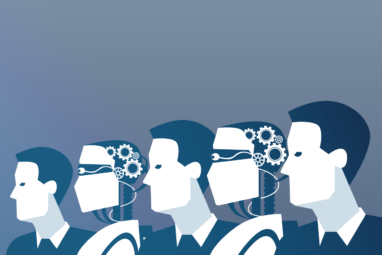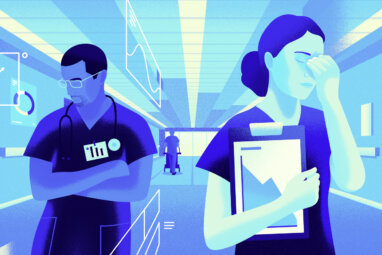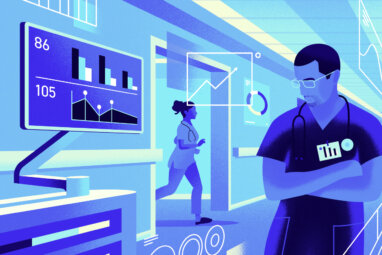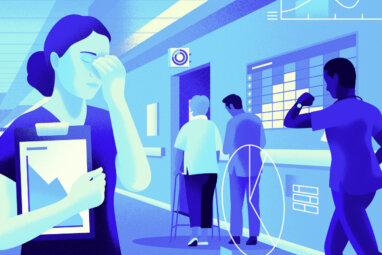
Ethics
Want a More Ethical Team? Build Expertise, Not Just Guidelines
These tips can help leaders develop their own and employees’ ability to apply ethical judgment in difficult situations.


These tips can help leaders develop their own and employees’ ability to apply ethical judgment in difficult situations.

This short video teaches leaders how to speak in ways that strengthen both credibility and trust.

Executives should be focusing on employee outcomes and accountability rather than performative in-office appearances.

Many organizations are experimenting with generative AI, and many questions remain about its impact on the workforce.

Here’s how to fix the root problems that make organizations feel rude and uncaring to employees.

Translating organizationwide value statements into group-specific practices is the key to making culture real.

Most companies come up short in preventing harassment, investigating complaints, and holding offenders accountable.

Managers who seem to be delivering others’ messages rather than acting autonomously can lose credibility and authority.

Fifteen years ago, the author made predictions about what would happen in the future of work. How’d that turn out?

Measuring and improving employee performance are different tasks most effectively addressed by two separate processes.

MIT SMR’s top 2023 articles on workplace culture can help leaders build thriving organizations with engaged employees.

Today’s student labor organizers will bring their employment expectations to future workplaces. Leaders should be ready.

Leaders can avoid labor disputes by communicating with employees and seeking their input in corporate governance.

Small changes in how companies attract, recruit, and onboard new hires can deliver big diversity dividends.

Leaders can apply four strategies to facilitate thorny workplace conversations about identity, diversity, and justice.

Teams facing a fundamental change perform better when they focus on reskilling individuals first.

An analysis of employer reviews reveals why nurses are exiting the field and what health care leaders can do about it.

Our Nursing Satisfaction Index reveals why nurses burn out and leave their jobs — and how 200 health systems stack up.

Hear nurses’ views on burnout and job satisfaction, along with advice for health care leaders, in this video from MIT SMR.

This article describes a new workforce operating model that’s helping companies boost productivity.